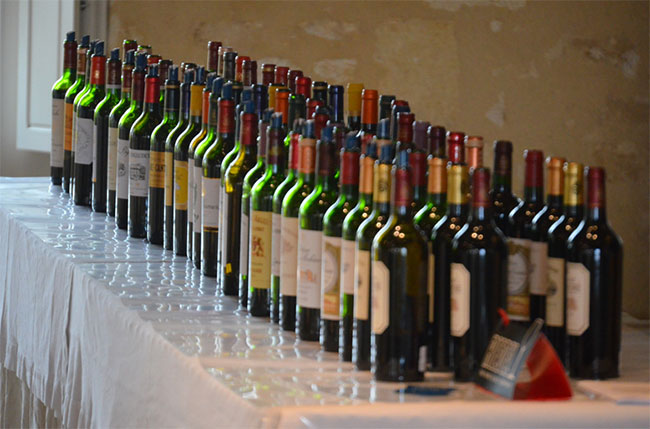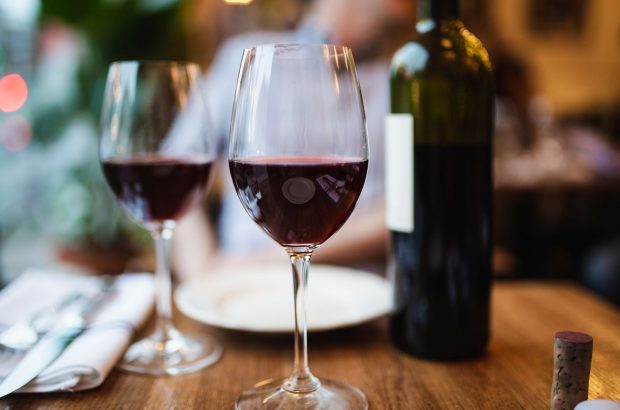Old vines can add layers of complexity to wine, but can they become too old to produce quality fruit? Andrew Caillard MW gives us his answer...
How old is too old? Old vines – ask Decanter
Tom Pattison, Sheffield, asks: At what age does a vine become too old?
Andrew Caillard MW, for Decanter, replies: As a vine ages, it establishes a root system and framework of trunk and cordons. Over the decades, new layers of growth, like the rings on a tree, result in more solid, twisted and gnarled old vines. The dry-grown ‘Great Grandfather’ Shiraz vines, planted during the 1860s, in Henschke’s Hill of Grace vineyard are a perfect example of pre-phylloxera vine stock that continue to produce low-yielding, intense, flavourful and balanced fruit. With an expansive root system and substantial permanent wood, these vines, which have adapted to the environment over a long time, are to some extent more resilient to drought and extreme weather.
However, as vines age, they are more prone to disease and damage, and the survival of old vines cannot be guaranteed, despite efforts to prolong their life. Biodynamic practices and mulching were introduced in the Hill of Grace Vineyard partially in response to the declining condition and vigour of the oldest vines.
Keeping old vines in commercial production does not always make economic sense. There is a point when vine management becomes too costly commensurate to yields, overall quality and income. The rate of decline is dependent on many factors including grape variety, rootstock, susceptibility to disease, vineyard practices and environmental factors. In Bordeaux, mature vines are often replaced after about 35 years – considered by many as the commercial life of a vine and equivalent to a human generation. Maintaining a sustainable economic vineyard means replanting, interplanting or layering – the latter a method of regenerating original genetic material.
Old vines do not necessarily produce the best fruit. A comparatively young but mature vine of 10 to 30 years, planted on a suitable site and well-managed can produce exquisite fruit too, as witnessed in some of the most famous terroirs around the world.
Andrew Caillard MW is co-founder of Langton’s wine auctions and creator of the Langton’s classification of Australian wine.
-
Terroir: France’s duelling definitions
-
Read more notes and queries every month in Decanter magazine. Subscribe to the latest issue here
-
Got a question for Decanter’s experts? Email us: editor@decanter.com
More questions answered:

How to tell if a wine is warm or cool climate – ask Decanter
Is is possible to tell whether a wine is warm or cool climate from a blind tasting? Terry Kandylis, Head

What does Brexit mean for supermarket wine? – ask Decanter
What does Brexit mean for everyday supermarket wine prices?

Birthday vintage challenge – ask Decanter
Can James Lawther MW help our reader out?

Ageing Chianti Classico wines – ask Decanter
Ian d'Agata on how well Chianti ages...

Mystery wine fault – ask Decanter
Faults in wines are not always easy to define. We asked Rob MacCulloch MW to explain us a little more

High alcohol wines – ask Decanter
Do higher alcohol levels in wines impact on cellaring potential and drinking windows?





